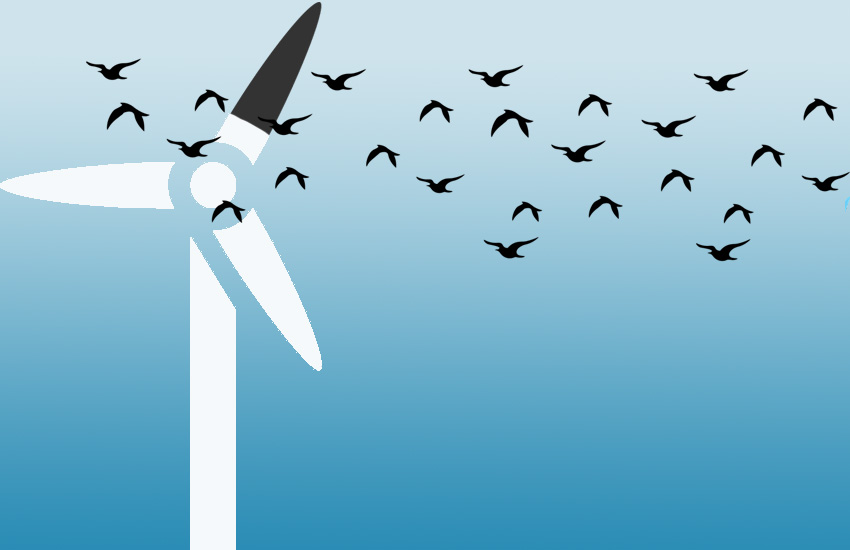The Netherlands – According to a Norwegian study, black blades can reduce the number of bird collisions by 70%. A new study in Eemshaven aims to find out if Dutch birds behave in the same way.
One of the turbine blades on seven wind turbines in Dutch Eemshaven will be painted black. The goal is to see if the method can help to reduce the risk of birds being injured when they collide with turbine blades. The research has already begun and will last until the end of 2024.
A baseline measurement will be taken this year. The blades will be painted next year, and the turbines will be monitored for two years to see if this reduces the number of bird collisions. In addition, the impact of the painted blades on the landscape and aviation safety will be investigated.
Less collisions
Vattenfall and a group of Norwegian partners funded a study on the island of Smola in Norway that looked at the impact of black wind turbine blades. According to the findings, painting one blade reduced collisions by 70%.
Other bird species can be found in the Netherlands, and the landscape, as well as the weather, is very different from that of Norway. One point raised in the Norwegian study was that black blades are more visible, not just to birds but also to humans. The question was whether the visual effect would have an impact on the surrounding area.
Impact
It will also be critical to gain a better understanding of the black blade measure’s practical and financial aspects in the context of the Netherlands. Will the black paint affect the blades’ durability and, as a result, the amount of maintenance required? This will be taken into account in the Eemshaven study as well.
Vattenfall, along with a number of other energy companies and Dutch government agencies such as Groningen Province, is taking part in the black turbine blade pilot project. RWE owns the wind farm in Eemshaven.





